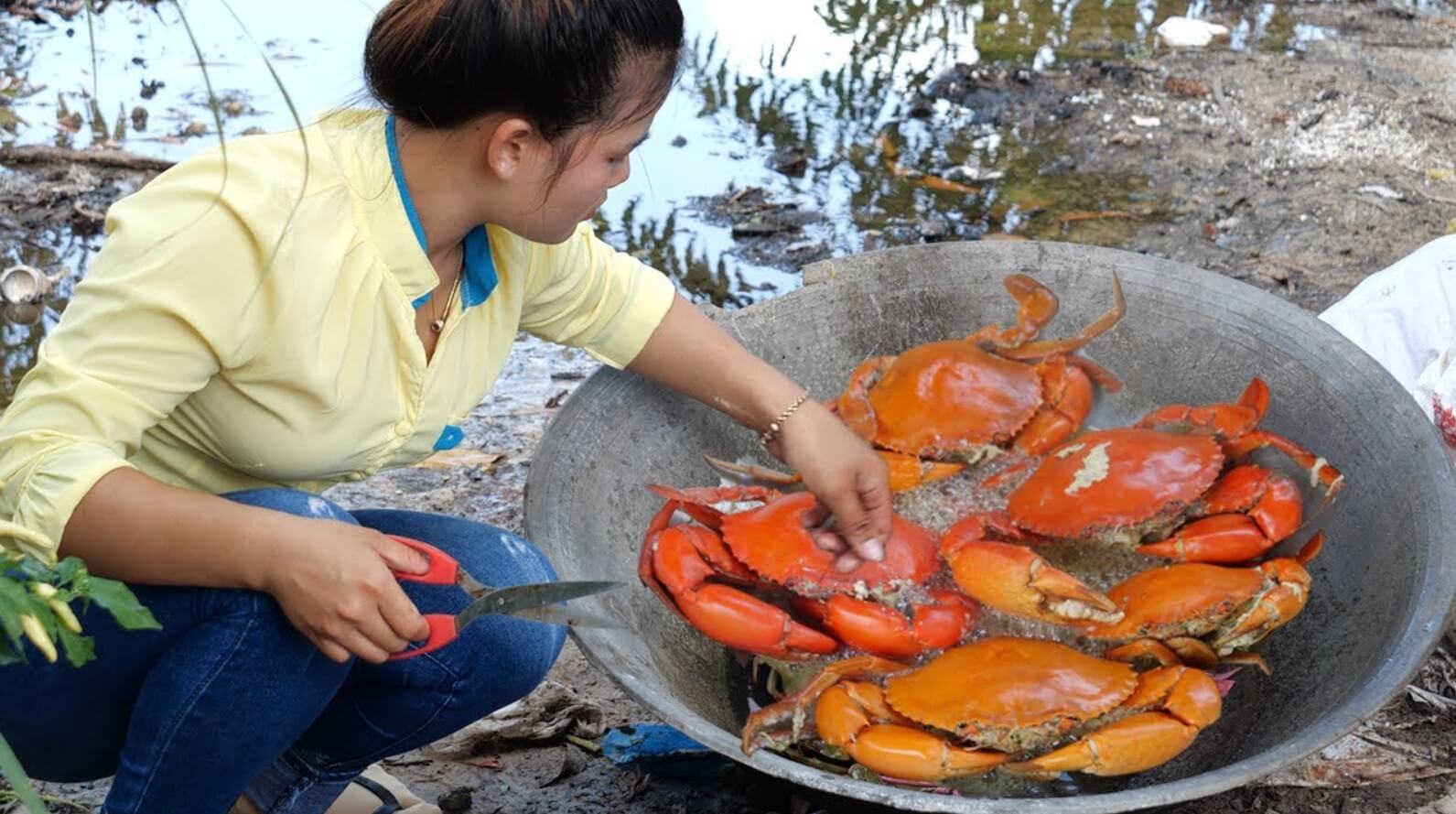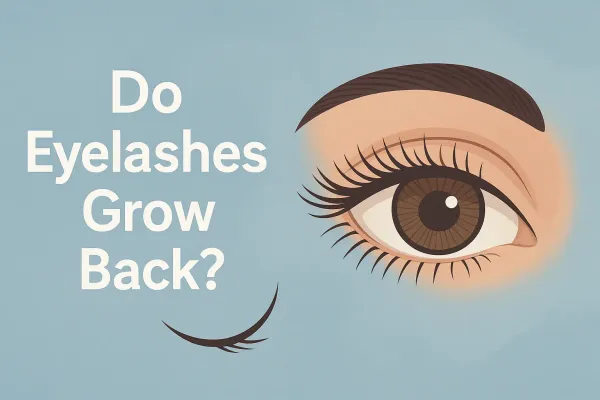5 Shocking Dangers of Eating Tasty Crab You Should Know

Crabs are a delicious seafood delicacy enjoyed worldwide for their rich flavor and versatility in various cuisines. Whether steamed, grilled, or incorporated into a gourmet dish, they are a favorite among seafood lovers.
However, beneath their delectable taste lies a series of potential health risks. The hidden dangers of eating tasty crab include allergic reactions, heavy metal contamination, bacterial infections, high cholesterol, and harmful additives. If you're a fan of crabs, it's essential to be aware of these risks to make informed dietary choices.
In this article, we’ll explore the 5 hidden dangers of eating tasty crab and how you can minimize these risks while still enjoying your favorite seafood.
1. Shellfish Allergies – A Potentially Life-Threatening Risk
Why Are Crabs a Common Allergen?

Crabs belong to the shellfish family, which is among the top food allergens worldwide. Shellfish allergies can develop suddenly, even in those who have consumed crabs before without issue.
Symptoms of Crab Allergies
Consuming crabs can trigger allergic reactions, ranging from mild discomfort to severe anaphylactic shock. Symptoms include:
Mild Reactions: Itchy skin, rashes, hives, swelling of the lips or face
Moderate Reactions: Nausea, vomiting, diarrhea, abdominal pain
Severe Reactions (Anaphylaxis): Breathing difficulties, dizziness, rapid heartbeat, loss of consciousness
Who Is at Risk?
Individuals with existing shellfish allergies
People with a family history of seafood allergies
Those who experience mild symptoms after eating crab should consult a doctor before consuming it again
How to Stay Safe?
If you have a known allergy, avoid crabs entirely
Always check food labels and ask about ingredients when dining out
Carry an EpiPen if you're at risk of anaphylaxis
2. Heavy Metal Contamination in Crab Meat
How Do Crabs Accumulate Heavy Metals?

Crabs often inhabit waters contaminated with heavy metals such as mercury, cadmium, arsenic, and lead. These toxic elements accumulate in their bodies over time and can pose serious health risks when consumed.
Health Risks of Heavy Metal Exposure
Long-term consumption of contaminated crabs can lead to:
Neurological issues – Memory loss, nerve damage, cognitive impairment
Kidney and liver damage – Heavy metals can overload these detoxifying organs
Birth defects – Pregnant women consuming contaminated seafood risk fetal abnormalities
Increased cancer risk – Arsenic and cadmium exposure are linked to various cancers
How to Reduce Heavy Metal Exposure?
✅ Choose wild-caught crabs from clean waters
✅ Avoid crabs from industrial or heavily polluted regions
✅ Limit crab consumption, especially for pregnant women and young children
✅ Opt for lab-tested, certified seafood brands
3. Bacterial and Parasitic Infections from Crab Meat
Why Are Crabs Prone to Bacteria and Parasites?

Crabs, like other seafood, can harbor dangerous bacteria and parasites that may cause foodborne illnesses. These contaminants often thrive in raw or undercooked crab meat.
Common Harmful Pathogens in Crabs
Vibrio bacteria – Can cause life-threatening infections
Paragonimus parasites (Lung flukes) – Can lead to chronic respiratory issues
Salmonella & E. coli – Can cause severe food poisoning
Symptoms of Bacterial and Parasitic Infections
🚨 Mild Symptoms: Nausea, diarrhea, stomach cramps
🚨 Severe Symptoms: High fever, dehydration, prolonged vomiting, lung infections
How to Avoid Crab-Related Infections?
✅ Always cook crabs thoroughly – Boil, steam, or grill at high temperatures
✅ Never eat raw or undercooked crab meat
✅ Purchase crabs from reputable sources with quality assurance labels
✅ Store crabs properly to prevent bacterial growth
4. High Cholesterol Content in Tasty Crabs – A Heart Health Concern
Is Crab Meat High in Cholesterol?

Yes! While crabs are rich in protein and omega-3 fatty acids, they also contain high cholesterol levels. A single 3.5-ounce (100g) serving of crab meat contains over 50mg of cholesterol.
Health Risks of High Cholesterol from Crabs
Increased risk of heart disease – High LDL ("bad cholesterol") levels
Blocked arteries (Atherosclerosis) – Fat buildup restricting blood flow
High blood pressure and stroke risk
How to Enjoy Crabs Without Health Risks?
🔹 Eat crabs in moderation
🔹 Choose healthier cooking methods – Steamed or grilled instead of fried
🔹 Pair crabs with fiber-rich foods to reduce cholesterol absorption
🔹 Avoid buttery or creamy sauces that add extra cholesterol
5. Chemical Additives and Preservatives in Processed Crab
What Chemicals Are Found in Processed Crab?

Processed crab meat (canned, frozen, or artificial crab) often contains preservatives and additives that can be harmful in large amounts.
Common Additives in Processed Crab
Sodium benzoate – Preservative linked to allergic reactions
Monosodium glutamate (MSG) – Can cause headaches and nausea
Sodium tripolyphosphate – Used to retain moisture but may lead to kidney problems
Health Effects of Chemical Additives
❌ Digestive issues – Bloating, gas, stomach discomfort
❌ Increased blood pressure – Due to high sodium content
❌ Hormonal imbalances – Artificial chemicals affecting the body's natural functions
How to Choose the Healthiest Crab?
✔️ Opt for fresh, wild-caught crabs
✔️ Read ingredient labels and avoid excessively processed crab products
✔️ Choose organic or sustainably sourced seafood
Frequently Asked Questions
Is eating crab regularly bad for your health?
Consuming crabs in moderation is safe, but overconsumption can lead to heavy metal exposure, cholesterol issues, and allergies.
Can cooking crabs eliminate all bacteria?
Proper cooking significantly reduces bacterial risks, but some parasites require extreme heat to be fully eradicated.
Are farmed crabs safer than wild-caught crabs?
Wild-caught crabs are often safer since farmed crabs may contain antibiotics and artificial feeds.
Do all crabs contain heavy metals?
Not all, but crabs from polluted waters have a higher likelihood of contamination.
Is imitation crab a safer alternative?
No, imitation crab contains artificial additives and preservatives, making it a less healthy choice than fresh crab.
Conclusion
While crabs are a delicious seafood option, the hidden dangers of eating tasty crab should not be ignored. From shellfish allergies and bacterial contamination to high cholesterol and heavy metal toxicity, there are several risks that can impact your health.
By taking the right precautions—choosing fresh crabs, cooking them properly, and limiting processed varieties—you can still enjoy this delicacy safely. Stay informed, eat wisely, and savor your seafood responsibly!





